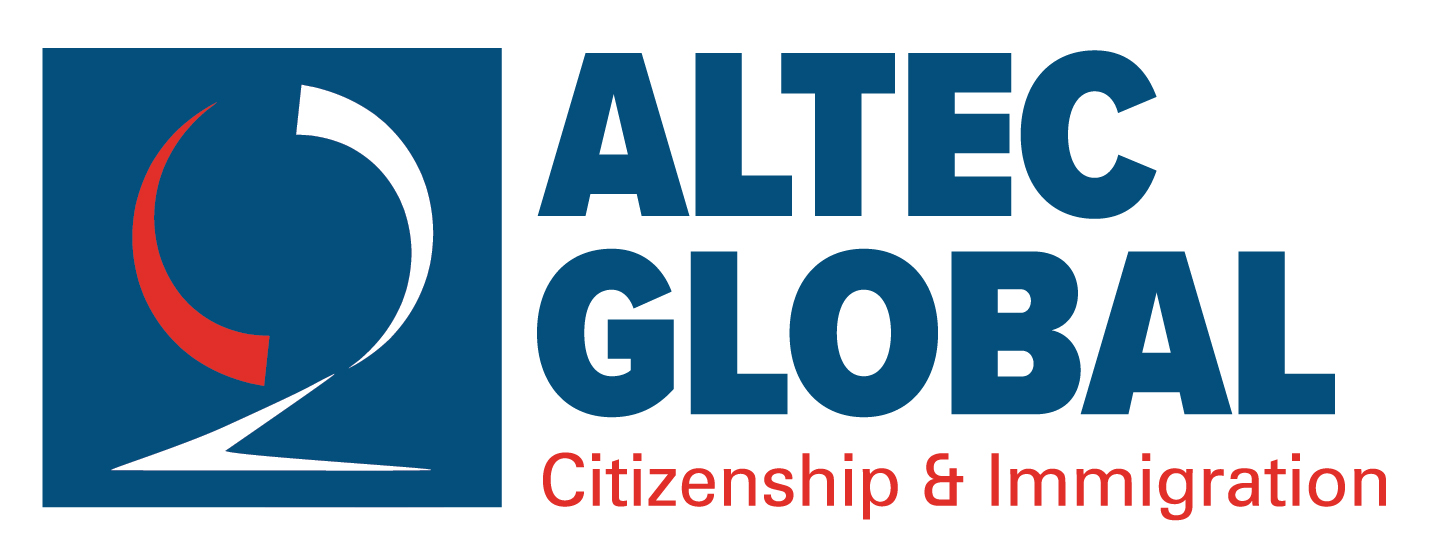Canada’s revised 2025-2027 Immigration Levels Plan is bringing some big changes to the immigration landscape, including a reduction in overall targets for permanent resident admissions. As Canada shifts its focus from the ambitious target of 500,000 to a more balanced 395,000 in 2025, many prospective applicants are asking:
How will these changes affect Express Entry draws, Provincial Nominee Programs (PNPs), and immigration opportunities for temporary residents?
This new approach reflects a strategic shift by Canada to address labor market needs while aligning with updated policy priorities. Let’s explore what this means for the Express Entry system, category-based invitations, and provincial programs—and how applicants can stay competitive.
New Immigration Levels Plan for 2025-2027
| Year | Target | Low Range | High Range |
| 2025 | 395,000 | 367,000 | 436,000 |
| 2026 | 380,000 | 352,000 | 416,000 |
| 2027 | 365,000 | 338,000 | 401,000 |
Over the next three years, Canada’s immigration targets will gradually decrease. However, the plan allows flexibility, with a range to adapt targets based on economic demands and demographic changes.
Impact on Express Entry: A New Focus on Economic Priorities
Express Entry will undergo significant adjustments with the introduction of “Federal Economic Priorities” and “In-Canada Focus” categories. The shift brings an increase in admissions for these categories to 124,680 in 2025—a 12.55% increase over previous targets, despite the overall immigration reduction of 21%.
New Priority Fields and Targeted Categories
With these changes, Express Entry will prioritize applicants in key fields like healthcare, trades, and French-speaking applicants. The 2025 target allocates 41,700 spots for this category, underscoring the focus on addressing specific labor shortages.
Additionally, 82,980 spots are designated for the “In-Canada Focus,” which targets Canadian Experience Class (CEC)candidates and other temporary residents, including skilled workers, tradespeople, and participants in regional immigration pathways. Programs such as Rural and Northern Immigration may also play a role.
What This Means for Applicants: Temporary residents already in Canada have a strong opportunity to achieve permanent residency. Public consultations have signaled a focus on former international students and temporary foreign workers, as well as increased Francophone immigration outside Quebec. CEC and category-based draws will likely increase, with the potential for occupation-specific draws targeting fields like healthcare and trades.
Key Tip: Applicants should focus on high-demand categories, including 35 healthcare roles, 10 trade occupations, and French-speaking roles. Those in priority fields are encouraged to prepare early to maximize their chances.
Provincial Nominee Program (PNP) Cuts and What It Means for You
One of the biggest shifts is a reduction in PNP quotas. Previously set at 120,000, the target for 2025 is now 55,000—less than half of what was expected. It’s important to note that this decrease primarily affects non-Express Entry PNP streams. However, PNPs linked to the Express Entry system remain unchanged.
What PNP Applicants Should Expect
Fewer Invitations: Reduced quotas mean fewer opportunities through non-Express Entry PNPs, impacting those with lower Comprehensive Ranking System (CRS) scores who relied on provincial streams.
Changes for Key Programs: Non-Express Entry programs in major provinces like Ontario’s Masters Stream may face delays or limitations due to the reduced quotas.
Federal-Provincial Tensions: This reduction is seen by some as a federal move to centralize immigration control, affecting provinces that had reservations about federal immigration policy changes.
Provinces, including Alberta and Ontario, have voiced their concerns, highlighting the challenges posed by the decreased PNP allocations.
Next Steps for PNP Applicants: Focus on PNP streams aligned with Express Entry to maximize eligibility. This may involve adjusting your profile to meet the criteria of PNPs historically linked with Express Entry.
What CRS Score Trends Mean for Future Draws
As of October 2024, many candidates in the Express Entry pool have CRS scores exceeding 500 points. Given the upcoming category-based draws and priority for in-Canada applicants, we expect to see the following trends:
Increased CEC Draws: With a large portion of the annual target dedicated to in-Canada applicants, Canadian Experience Class draws may become even more frequent.
Lower CRS Scores in Specific Fields: Candidates in fields like healthcare and trades may see invites with CRS scores in the 430-450 range, while other fields may require much higher scores.
Tougher Competition for Non-Priority Applicants: Candidates outside targeted fields or without PNP nominations may face challenges unless they achieve exceptionally high CRS scores.
To adapt, applicants should consider improving their CRS scores by learning French or gaining experience in priority sectors.
Opportunities for French-Speaking Candidates
Canada is also committed to increasing Francophone representation outside Quebec, aiming for 8.5% in 2025 and 10% by 2027. This makes French proficiency an advantage for applicants in any field, with Francophone-specific draws expected to continue.
Navigating Canada’s Evolving Immigration Landscape
The revised immigration targets for 2025-2027 reflect Canada’s ongoing effort to balance economic needs with policy goals. While the reduction in PNP quotas may pose challenges, the new focus on in-Canada applicants and specific skill categories offers opportunities for others.
Key Takeaway: Success in this shifting landscape requires careful planning and adaptability. Consider language skills, work experience, and high-demand fields to maximize your Express Entry potential. Early preparation and strategic choices will be essential in 2025 and beyond.
At Altec Global, we understand the complexities of the Canadian immigration system and are dedicated to helping applicants overcome these obstacles. Whether you’re waiting for your PR application, navigating temporary residence delays, or seeking citizenship, our team is here to guide you through the process and help make your Canadian dream a reality.
For more personalized guidance on your immigration journey, contact Altec Global to get the support you need to stay competitive in Canada’s evolving Express Entry and PNP landscape.


Recent Comments